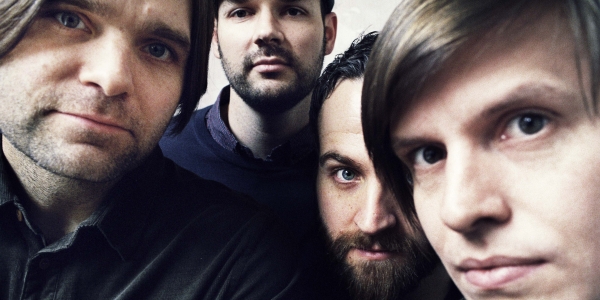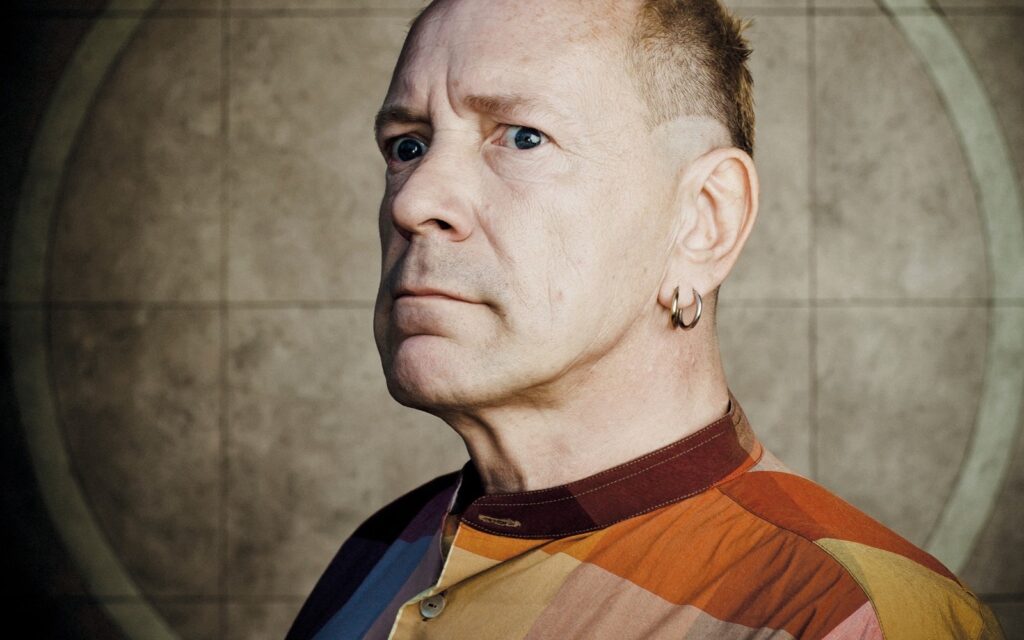“It’s just really exciting to be part of this international community of people, of musicians, where you can sit back stage at a festival on a nice sunny day and have a long conversation with someone about touring and travelling and know that they really understand where you’re coming from. I’ve really come to embrace and enjoy that feeling of camaraderie that you have with people who have chosen to make music with their life,” Harmer says.
With the release of their latest project last November, the remix album Keys And Codes, Death Cab have extended their social and professional network even further. Taking tracks from their critically lauded 2011 album Codes And Keys, the band asked an eclectic group of electronic artists to have their way with the Death Cab sound.
“We’ve talked about doing something like this for a long time, but for whatever reason, the source material never really seemed like it would lend itself to that kind of project,” Harmer explains, “When we finished Codes And Keys and we could see how the record was made in Logic – sort a modular recording process anyway, with parts and pieces clicked together – it seemed pretty natural to unpack that and give it to someone for whom, that’s their forte. We wanted to see what different artists would get excited about and what interpretations they would have with the sounds we created.”
Although Codes And Keys itself was a more synth-oriented effort for the guitar-loving quartet, the remix project threw them into radically new waters. They worked with artists including Yeasayer, chameleon-like LA producer Dillon Francis, UK house/hip hop producers The Two Bears and Melbourne’s own Cut Copy, and the results are surprising. With tracks ranging from Pet Shop-inspired pop disco to swinging funk to spacious drum and bass esoterica, Keys And Codes is nothing if not far away from Death Cab. But just because it isn’t their style, doesn’t mean they can’t appreciate it.
“Not every one of the remixes on the EP would be what I consider my favourite thing ever, you know, but the ones that works for me, I love them,” says Harmer. “The thing for me is, while I don’t really listen to a lot of that remix/dance culture of music out of my own aesthetic choice, when these remixes were coming back I was blown away at home much I really did enjoy them. In fact, there’s a couple of remixes, like the Cut Copy one and the Some Boys one, which really showed me the song in a new way. They didn’t feel like something I had been a part of to begin with, and that was a really powerful moment, to be removed enough from the music so that you lose the sense of yourself making it, that was exciting. I think they’re super exciting because I know it came from us but I don’t feel like I’m ever listening to my own band anymore.”
For Harmer, the remix project falls into the same process of artistic evolution that has always interested Death Cab. The band has always been curious about how their music intersects with other art forms, especially film, television and video art, with their work appearing everywhere from The O.C. and Six Feet Under to Mean Creek and Twilight – a highly commercial form of exposure that has never embarrassed the band.
“Our fans always have the albums to come back to, or they can come see us live, but there are a multitude of ways to explore our music and I like to be a part of encouraging that rather than limiting that, if that makes any sense,” Harmer says.
Death Cab’s willingness to experiment has kept them enthusiastic over the years, and contributed to the fresh sound their most recent record. While producer and guitarist Chris Walla insisted on recording live to a 24-track analogue tape to make the 2008 album Narrow Stairs, his new fixation with computer-based recording programs meant the band could experiment more with overdubs and digital composition for the follow up record, pushing them in a significant new direction.
“The overwhelming majority of the demos that Ben brought to us for Codes And Keys were written on acoustic guitar or piano, but even the early ideas Chris had for recording had some synth in there,” Nick explains, “It just sort of made sense when we were exploring the songs in the studio to take what was originally a guitar part and maybe make that a synth keyboard line or move it into a stranger more textural loop that happens. All of the instruments we play are still present in Codes And Keys, but we use them more texturally. They seem to be a little more skeletal and decorative than they have in the past.”
Death Cab have been touring the last album for almost a year, and they are happy with how well the old and new material hang together. They’re lucky, Nick says, that everything they have tried so far has worked out so well.
“You feel like being a successful musician is so big and so impossible sometimes, but here we are, ten years later, still doing what we love. We just concentrate on what is right in front of us. We still have ideas and we still have a lot of energy and we still love making music together and I think we’ll keep doing it until there’s nothing there any longer, until we’ve run out of steam,” he smiles, “I’m excited. I just want to see what tomorrow will bring.”
BY SIMONE UBALDI







